In the latest first quarter 2024 performance report released by Philip Morris International (PMI), we saw a striking highlight – the strong growth in sales of ZYN nicotine pouches. This growth is not only reflected in the substantial increase in shipments, but also in its success rate as a smoking cessation aid.
According to the official website of Philip Morris International (PMI), PMI announced its first quarter 2024 results on April 24. Total net revenue was US$8.8 billion, up 9.7% from the previous year, exceeding the expected US$8.468 billion; gross profit reached US$5.6 billion, up 12.4% from the previous year, driven by the strong performance of smokeless products. Operating income was US$3 billion, up 11.5% from the previous year, and organic growth was 22.2%.
PMI’s first-quarter earnings and revenue exceeded market expectations, mainly due to strong demand for its heated tobacco products and ZYN nicotine pouches.
PMI’s smoke-free business (SFB) accounted for 39% of its total net revenue, with significant progress in markets such as Japan and South Korea, where IQOS has a market share of more than 29% and its acceptance continues to increase.
PMI’s ZYN nicotine pouch sales performance was strong, with can shipments increasing by 40.0% to 131.6 million cans, up 79.7% from the same period last year; at the same time, the company also raised its expectations for nicotine pouch shipments in the United States from the original estimate of 520 million cans to approximately 560 million cans. Net income increased organically by 7% to 8.5%.
What are Nicotine Pouches?
Nicotine pouches, also known as nicotine chewing gum, are a cigarette substitute that helps people quit smoking. These pouch-shaped packets are placed under the upper lip for about 15 to 30 minutes to achieve the optimal dose of nicotine, and have many benefits such as no smoke, no odor, and no need to spit. Data from European countries show that nicotine pouches have a success rate of more than 60% in getting people to quit smoking.

Nicotine replacement therapy uses low-dose medicinal nicotine to replace nicotine in tobacco, and gradually reduces the amount of nicotine to effectively help smokers get rid of their dependence on cigarettes and reduce withdrawal symptoms. Slowly, the addiction to cigarettes gradually decreases until it disappears, allowing smokers to easily achieve the goal of getting rid of “addiction”.
Among the smoking cessation aids recommended by the World Health Organization, nicotine replacement therapy products (such as nicotine chewing gum, nicotine patches, etc.) are recommended as first-line drugs.
Nicotine pouches originated in Scandinavia, Northern Europe. As “snuff”, they provide users with a concentrated and explosive means of nicotine intake in an environment where combustible tobacco is not convenient to smoke. In 2017, Swedish Match launched the tobacco-free nicotine pouch ZYN, which is generally considered to be a turning point for the rapid growth of modern snus.
Sweden is expected to officially become a “smoke-free” country, with a smoking rate of just over 5%. Sweden has achieved the extraordinary achievement of successful smoking cessation by ensuring the accessibility, acceptability and affordability of safer smoking alternatives (such as e-cigarettes and nicotine pouches).
Can Nicotine Pouches Become a Powerful Alternative to E-cigarettes in the Future?
So, is it possible for nicotine pouches to become a powerful alternative to e-cigarettes?
First of all, we need to clarify the core advantages of nicotine pouches. As a new type of cigarette substitute, the biggest feature of nicotine pouches is that they are smokeless, odorless and easy to use. Users only need to place the tea bag-shaped packet under the upper lip for about 15 to 30 minutes to achieve the optimal dose of nicotine, without the need to ignite or spit, providing a more convenient and comfortable option for smokers who quit smoking.

At the same time, nicotine pouches have also shown good performance in the success rate of quitting smoking. According to data from European countries, nicotine pouches have a success rate of 60% to 75% in encouraging people to quit smoking. This data not only far exceeds the success rate of quitting smoking of traditional cigarettes, but also surpasses e-cigarettes to a certain extent. This is mainly due to the fact that nicotine pouches can more accurately control the intake of nicotine and reduce the failure of quitting smoking due to excessive intake.
However, to determine whether nicotine pouches can become a powerful substitute for e-cigarettes, we also need to consider the following factors:
Market acceptance. Although nicotine pouches have performed well in the success rate of quitting smoking, as an emerging product, market acceptance still needs to be improved. Compared with the relatively mature e-cigarette market, nicotine pouches need more market promotion and user education to increase their popularity and usage rate.
Policy support. The policy environment is crucial to the development of any tobacco substitute. At present, countries have different policy attitudes towards e-cigarettes, but there is a general trend of stricter supervision. As a new product, the policy environment for nicotine bags is still unclear. In the future, if the policy can give nicotine bags more support and regulations, it will help the rapid development of its market.
Technological innovation. As a new product, nicotine bags still have a lot of room for improvement. For example, how to further improve the success rate of smoking cessation of nicotine bags and how to reduce their production costs need to be solved through technological innovation. Only by continuous innovation can nicotine bags maintain their advantages in competition.Explore vape’s latest smart technology-VC CYBER.
Hidden Dangers in the Development of Nicotine Pouches
There are indeed some hidden dangers in the development of nicotine pouches, especially in the areas of public exposure and supervision. From current observations, the nicotine pouch market has been affected to a certain extent by the e-cigarette market, and this influence is mainly reflected in the product packaging, marketing methods and possible social problems.
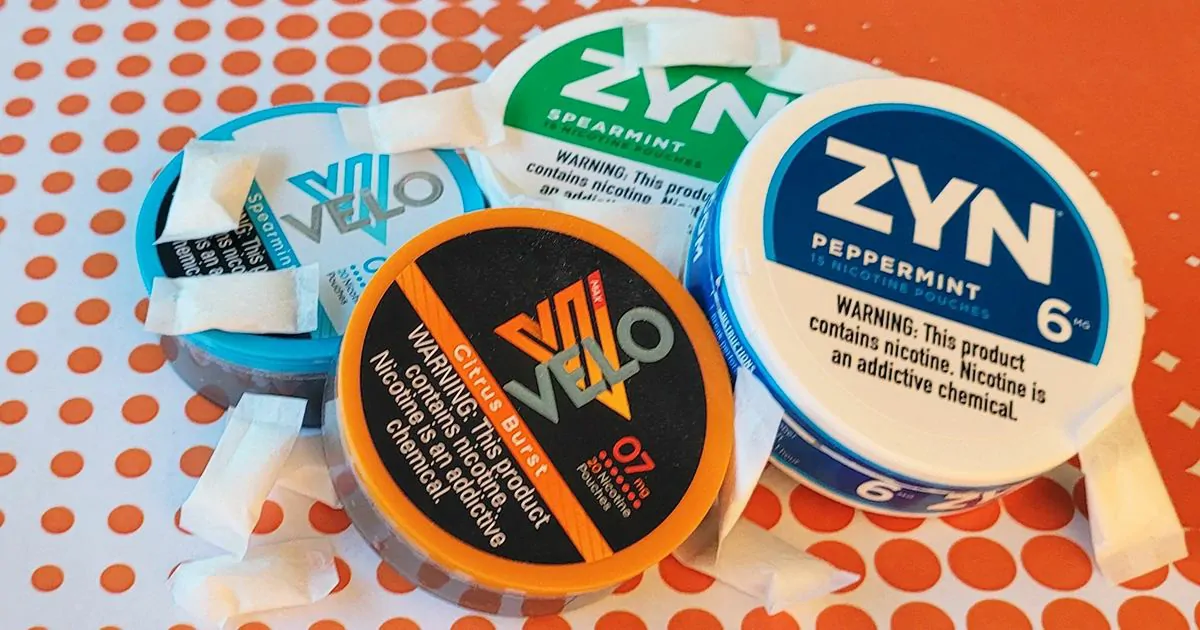
First, as a new tobacco substitute, nicotine pouches should have clear and responsible market positioning and promotion methods. However, after entering the nicotine pouch market, some e-cigarette brands have adopted marketing strategies similar to those of e-cigarettes, such as collaborating with influencers on TikTok to promote products. This approach has undoubtedly increased the appeal of nicotine pouches to minors and exacerbated the problem of inappropriate tobacco advertising. In particular, in places such as Australia, the popularity of nicotine pouches has attracted the attention of the education community and regulators, as the abuse of this product may have a serious impact on the health of young people.
Secondly, the regulation of nicotine pouches is also an issue that needs attention. Although nicotine pouches have a certain success rate in helping people quit smoking, as a product containing nicotine, it still has certain health risks. Therefore, the supervision of nicotine pouches should be strict, including supervision of its ingredients, production, sales, etc., to ensure the safety and effectiveness of the product.
In addition, the development of the nicotine pouch market also needs to take into account social responsibility and ethical issues. Enterprises should assume corresponding social responsibilities, not only paying attention to the commercial benefits of products, but also paying attention to their impact on society, especially on young people. At the same time, regulators should also strengthen supervision of the nicotine pouch market and formulate stricter regulations and standards to protect the rights and interests of consumers and the health of society.
In summary, as a new type of cigarette substitute, nicotine pouches have obvious advantages in terms of success rate of quitting smoking and ease of use. However, to become a powerful substitute for e-cigarettes, continuous efforts are needed in terms of market acceptance, policy support and technological innovation. On the other hand, there are indeed some hidden dangers in the development of nicotine pouches, especially in the areas of public exposure and supervision. In order to ensure the healthy development of the nicotine pouch market, joint efforts and collaboration are needed from enterprises, regulators and all sectors of society.

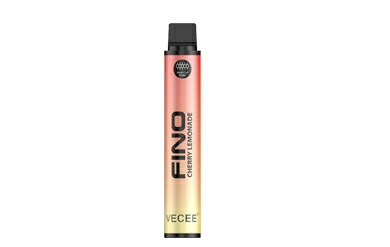


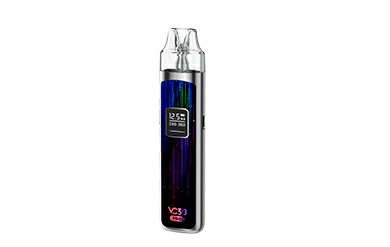
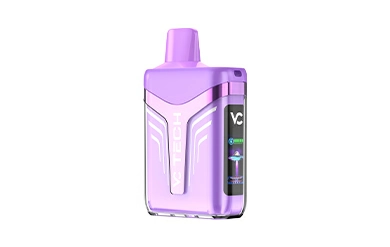









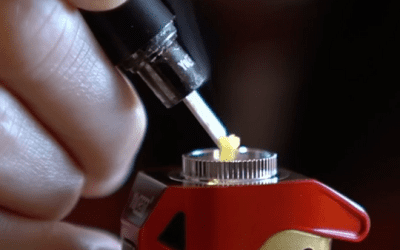

0 Komen